Lavender - spectacular, felt in the songs a plant that conquers its wonderful aroma and gentle bloom. It will become a wonderful decoration of home landscape design and come in handy in everyday life. After all, it is possible to prepare a healing soothing decoction, quenching migraines, make a spice, perfume or cosmetic mask. Having landed Lavender on his site, you will turn it into a real fabulous place, where in addition to fragrant odor and bright colors, butterflies and bees will circle. Such a spectacle can be observed except in the Alpine Mountains or in French Provence. You do not have to spend a lot of effort to care for this plant, since Lavender is unpretentious. The only thing she needs to provide is a constant warmth that she loves very much.
Content
Botanical description of lavender with photo
Lavandula, or Lavender - an evergreen plant and richly flowering. It grows like a short-sided shrub (no more than 1m in height and width), whose life expectancy is 10 years. Lavender flowers begin to dissolve and actively bloom in June-July. In appearance, they resemble spikelets, only not golden, but brightly purple, as well as white, blue and pink. The leaves have an attractive silver-green color and give the plant of special decorativeness. The homeland of this luxury fragrant plant is the Mediterranean Territory, therefore it is considered thermal-loving and drought-resistant. However, not all existing varieties of lavender can be successfully cultivated in opened ground conditions in Russia. According to experienced gardeners, it is best to our climatic conditions adopted by a narrow-walled lavender - Lavándula Angustifólia, also known as Lavender real, English and oloskaya.
On each stem of this variety lavender only one inflorescence:
- Alba - blooms white;
- Rosea - has beautiful pink flowers;
- Hidcote - flowers of dark purple color;
- Beechwood Blue - His flowers are purulent blue;
- Imperial Gem - It has dark purple flowers;
- Little Lottie - blooms pale pink;
- Munstead - His flowers are purulent blue;
- Melissa Lilac - carries large purple inflorescences.
Varieties of varieties of lavender
Lavender has more than 30 varieties and hybrids. Many of them grow only in wild natural conditions, and only a few species can be raised on their garden plot. These include:
- The hybrid Dutch lavender, for which the most favorable conditions for growing are addressed in warm European countries. Grows long stems - up to two meters. It most often uses for industrial purposes.
- Wide French Lavender. Its feature is that the fragrance, from it outgoing, is not always pleasant.
- Tooth lavender - it usually can be grown in room conditions. It has a silver tint and large flowers.
Useful properties of lavender and its use
Lavender is a multifunctional representative of the Green World. People have found wide use in many sectors of life.
- In itself, the plant has a very beautiful view, so it serves as an excellent decoration of the household site. In the summer it will bloom and fiercely, and in winter in your yard thanks to her there will be picturesque landscapes - green bushes, bought snowflakes.
- Lavender flowers are excellent assistants in everyday life, they will protect our warm clothes from moli at any time of the year. To do this, you need a dried plant to put in a tissue bag, and leave it in a closet with things.
- From lavender, you can make good spices that are well combined with meat dishes, soups.
- Lavender tea is an excellent soothing agent that quickly removes the headache and migraine attacks.
- Lavender's dried flowers can be decorated with home interior in the form of Ikebane.
- From the colors of lavender, you can make fragrant hair balm and hand cream.
How to grow lavender at home
Lavender bushes can be multiplied by several ways:
- Spring lavender seeds. This process is not easy, requires patience and time from gardener. Therefore, this method of reproduction is used less frequently. But if you decide that you are ready to independently make a lavender seedlings, then you need to comply with a certain algorithm. First collect seeds. They, as a rule, appear at the end of September - in early October. Then spend the stratification of seeds - place them in the refrigerator and leave there for a month and a half. Then land the seedlings in the boxes, which should remain indoors with room temperature.
- Sprout lavender with cuttings. This method is considered the easiest. They are immediately planted into the moistened soil, covered with glass, you can also use the oilcloth, and wait for the germination of cuttings.
- Lavender laminate and dividing the bush. Do it in the fall: digged bushes and divided into two parts, after which each separately planted.
- You can reproduce this plant by chain. To do this, you need to find 2-3 escapes, bend them into a small groove and give them to root there. The next year, the lap can be cut off from the main bush.
Features Lavender Planning
Refer to landing of lavender bushes in open ground is needed with great responsibility, so growing lavender requires compliance with certain rules:
- It is important to choose the right place to land lavender - it should be a spacious open land, which is well warmed with solar heat. You can, of course, try to grow a shrub and in the shade, but it is unlikely that he will delight you with lush flowering. In the place that you choose to land the lavender in the ground should not be highly lying to the surface of the soil of groundwater or swamps. If there is no other place in your estate, then be sure to fall asleep the soil drainage before falling out the lavender in the open soil. At increased humidity, the plant may well respond and die. Do not forget to also support the soil of ashes or lime, which is perfectly intimidated and dying.
- While landing shrubs, observe the distance between them equal to their maximum height. If you want to make a decorative fence from lavender, then this distance can be reduced twice.
- Pits for bushes must correspond to the size of their rhizomes with an earthen room, while it is desirable that there is still a free space of 10-15 cm around the root.
- The ends of the roots before boarding must be configured to 3 cm, and when they are covered with a soil, it is necessary to trace the neck of the root under the ground be 4-6 cm.
Methods for landing lavender in open ground
Gardeners recommend landing lavender ahead with roses and Santalina. Firstly, such a flowerba will look great, and secondly, these flowers will grow better next to each other. But you can make individual flower beds from different types of narrow-mounted lavender. There are several options how to do it to give your yard an aesthetic type:
- Land lavender bushes along the sidewalks;
- In a checker order - here you can combine different colors of lavender;
- Create a "carpet" from this plant. But choosing this option to land, you will need to constantly trim every bush. Externally, it will look like a lavender grass.
Lavender care features
As we mentioned earlier, lavender care is very simple:
- It is necessary to water it in the warm season, it is necessary not more than once a week, and in the cold - twice.
- In the fall, all bushes need to be trimmed. Leaving over the soil stems with a length of 5 cm maximum.
- In winter, the lavender needs to roll up a husky or cheese from frost.
- Feature lavender needs either wood ash or lime. At the same time, the plant can be mulched by humus. Nitric feeding should be excluded.
- If suddenly there is a need to transplant the plant, which lavender does not tolerate badly, then it is better to do it in the period of rest - in the fall.
conclusions
Lavender is a unique plant to which no man can be indifferent to. By decorating them with your household plot, you will never regret it and yearly enjoy the wonderful beauty of the lavender shrubs, as well as to use it with gifts in everyday life.
Video "Lavender: landing and care"
In this video, an experienced gardener Irina Baggyuk talks about how to properly exercise lavender landing and care. At the same time, the expert clearly demonstrates this process.

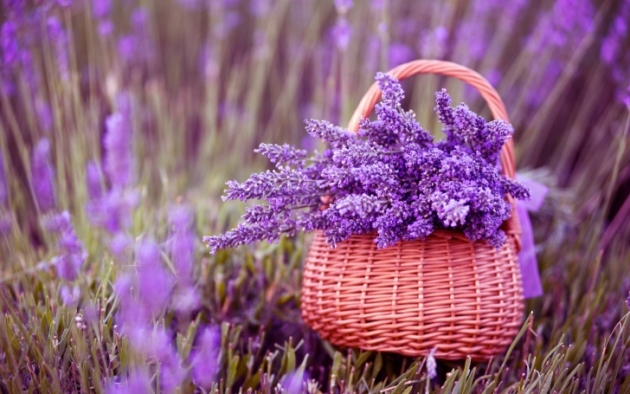
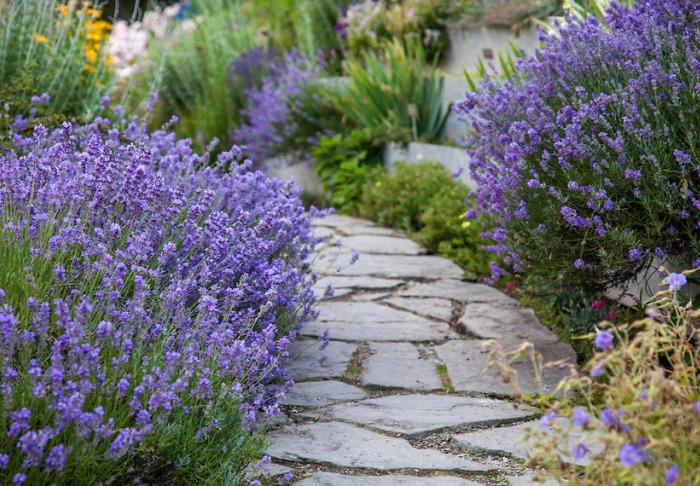
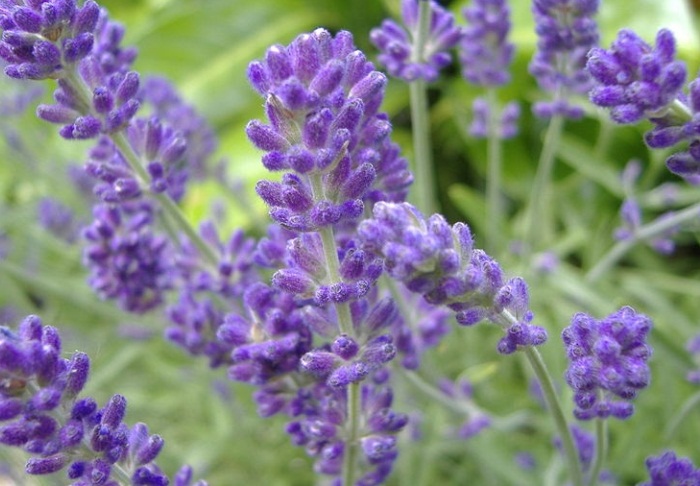
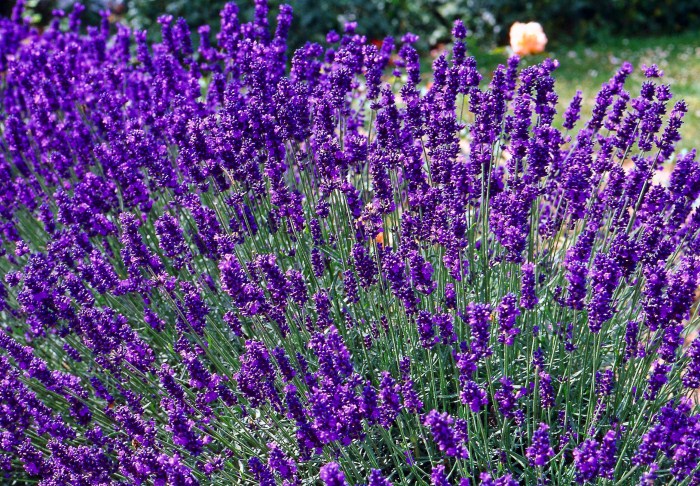
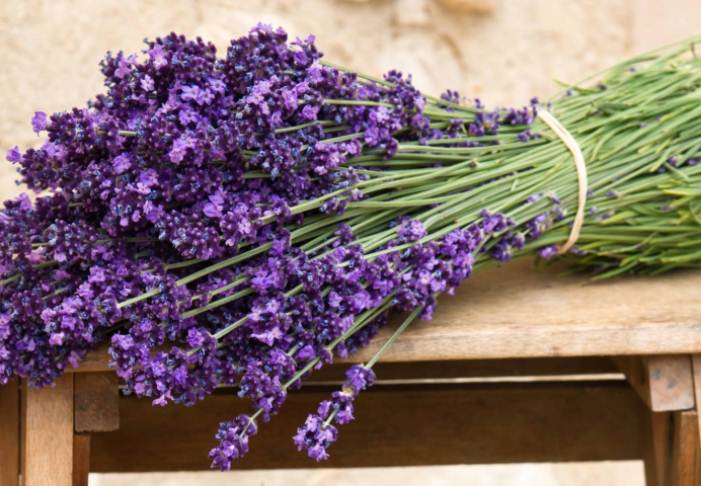
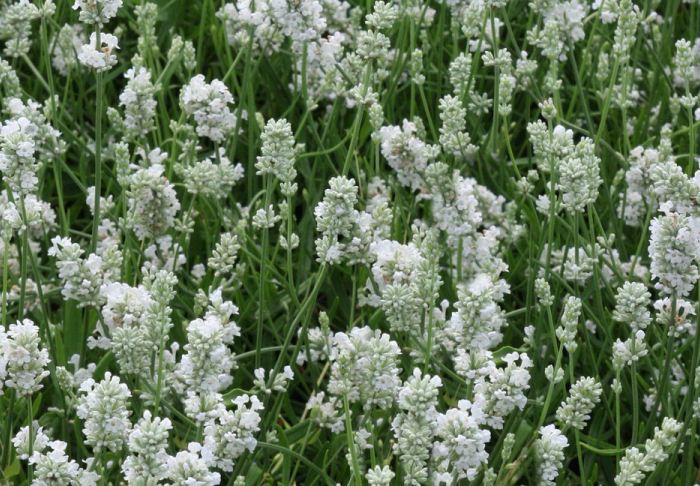
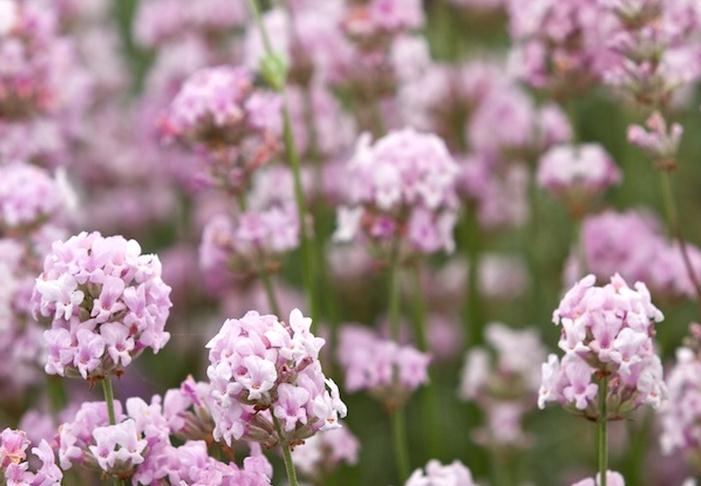
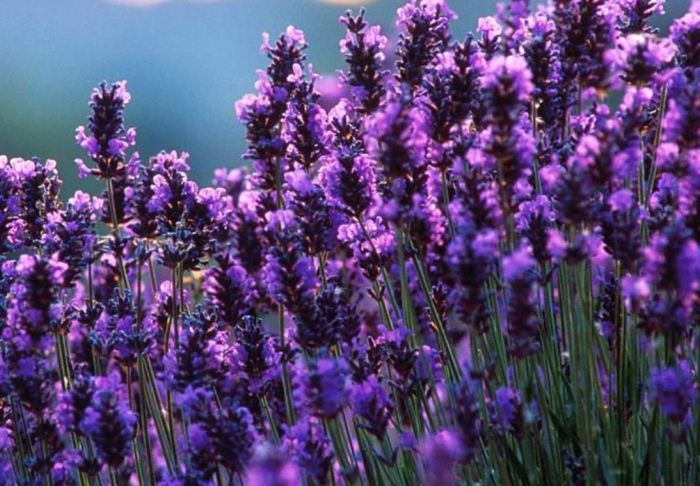
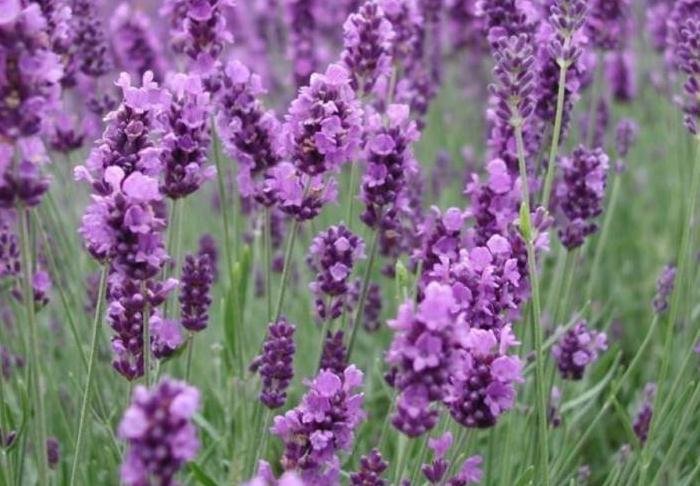
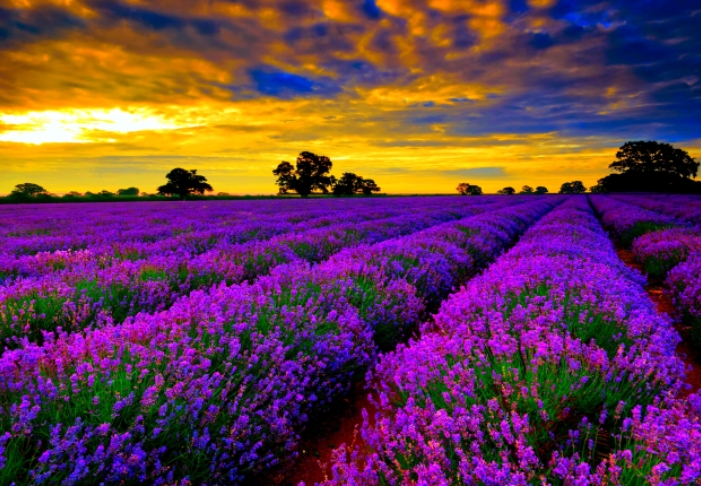
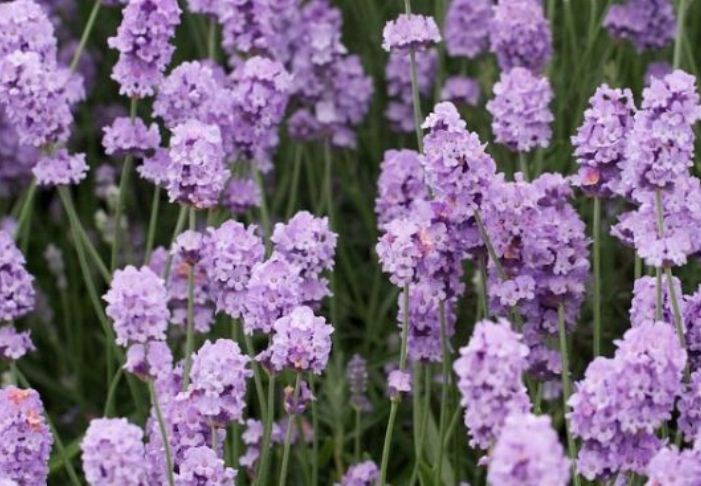
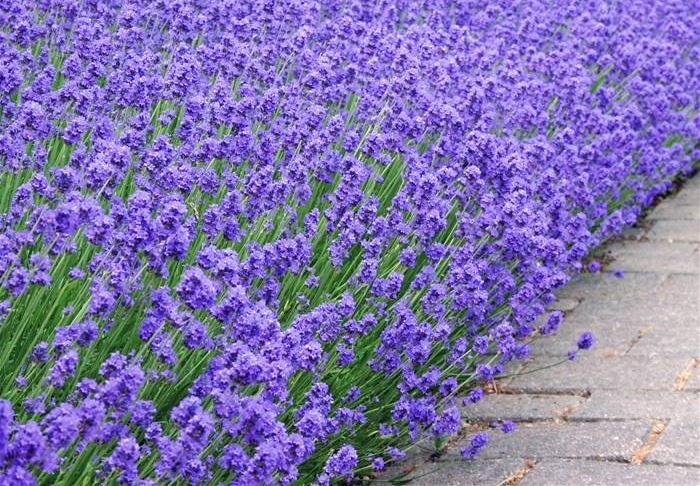
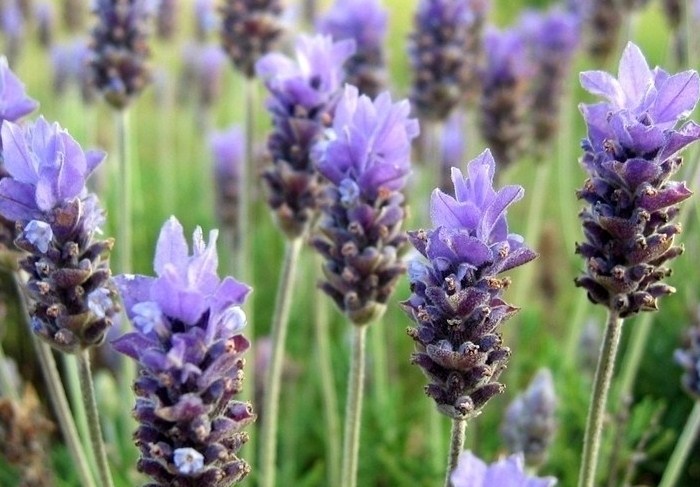
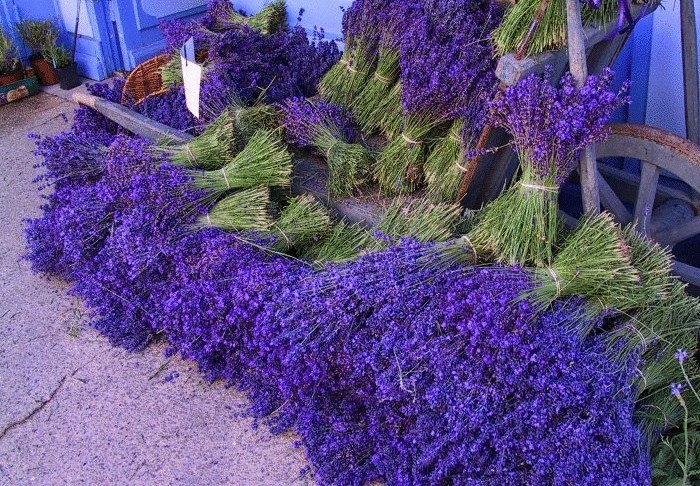
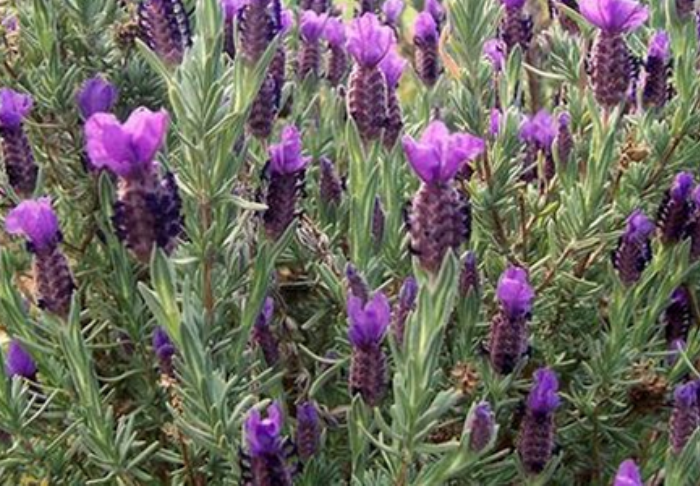
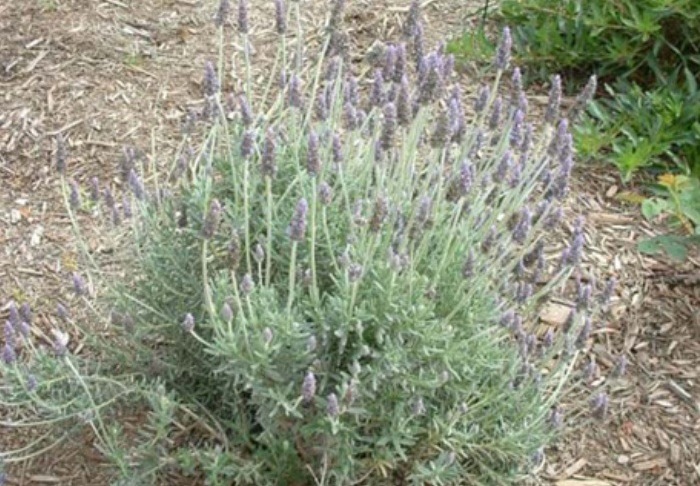
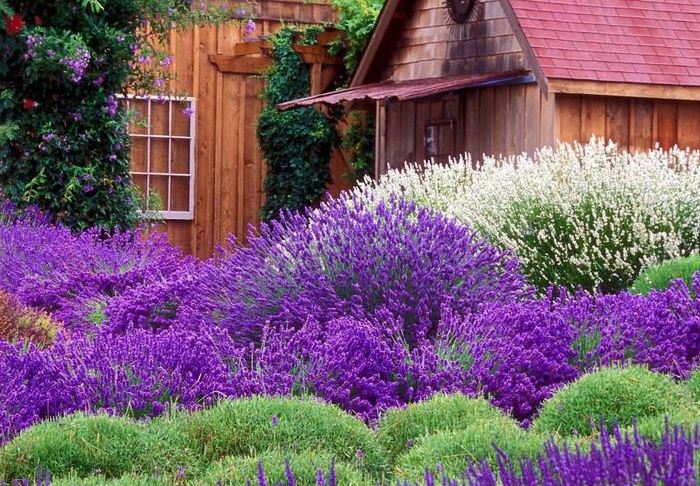
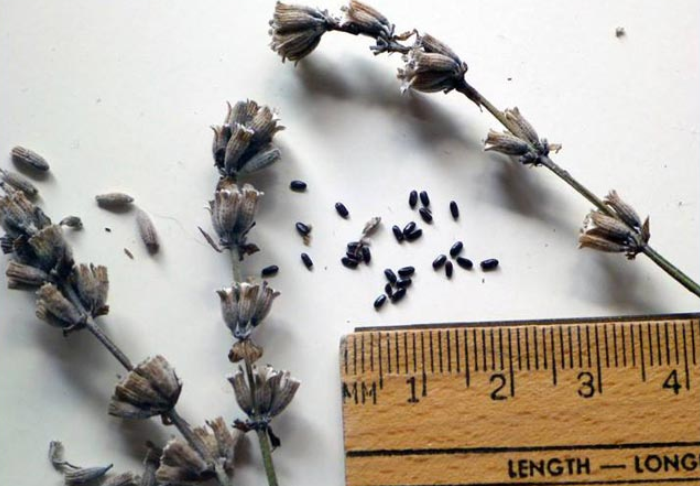
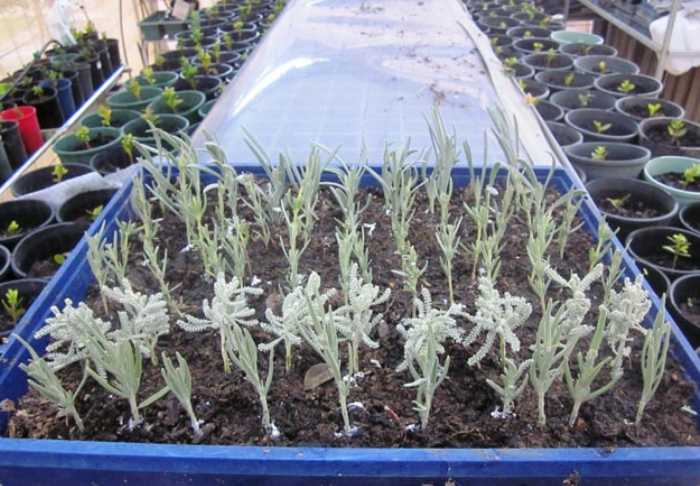
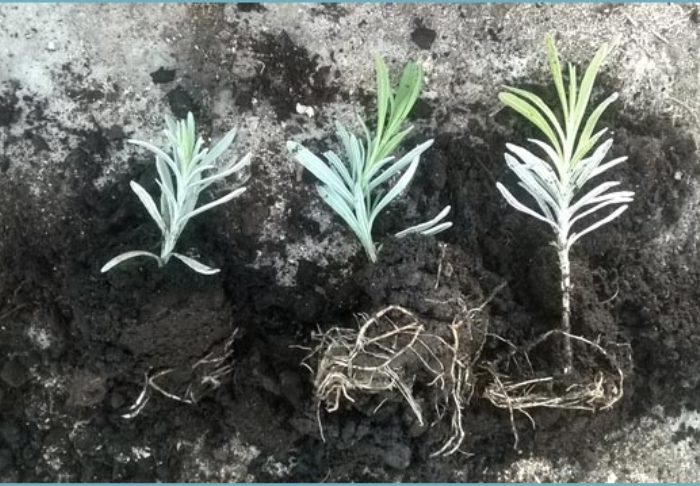
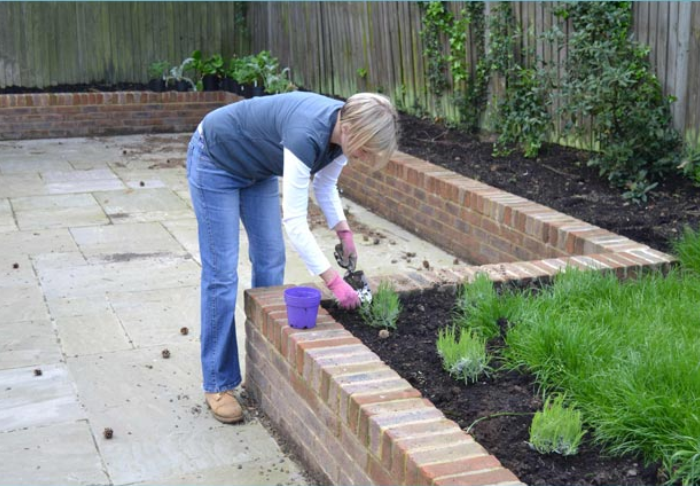
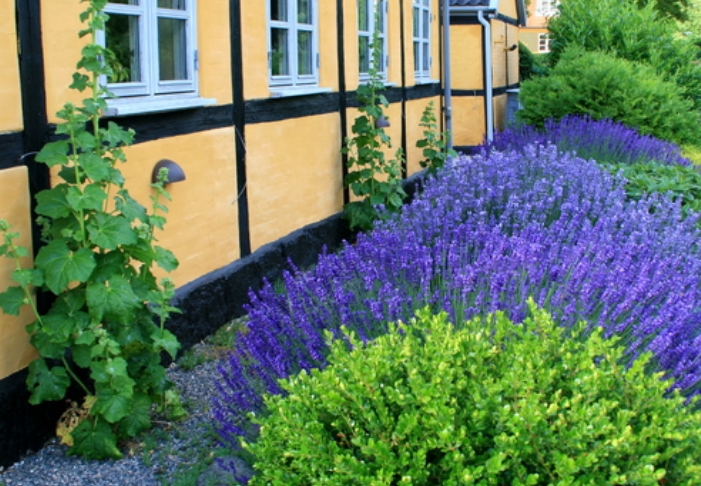
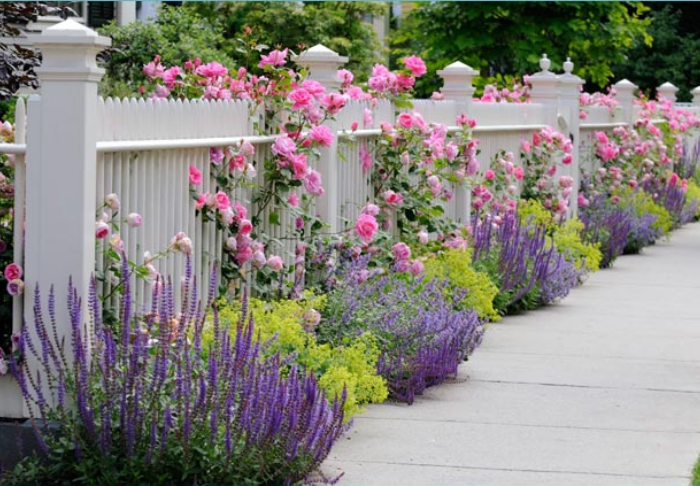
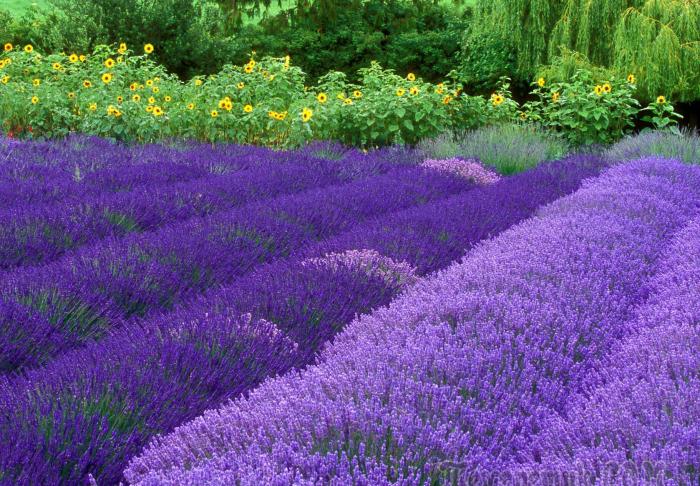
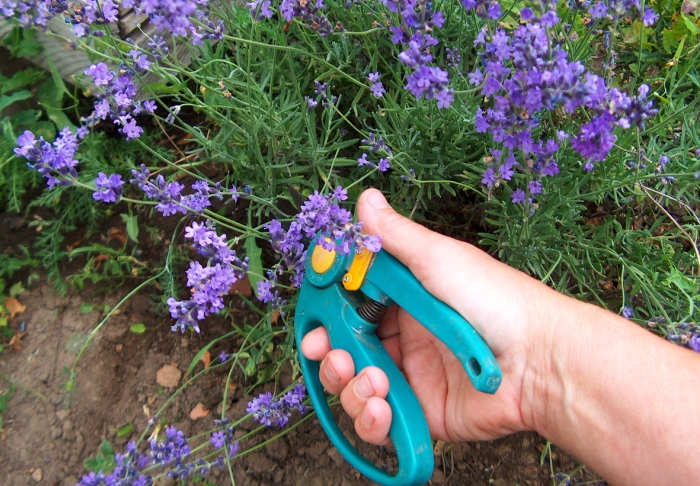
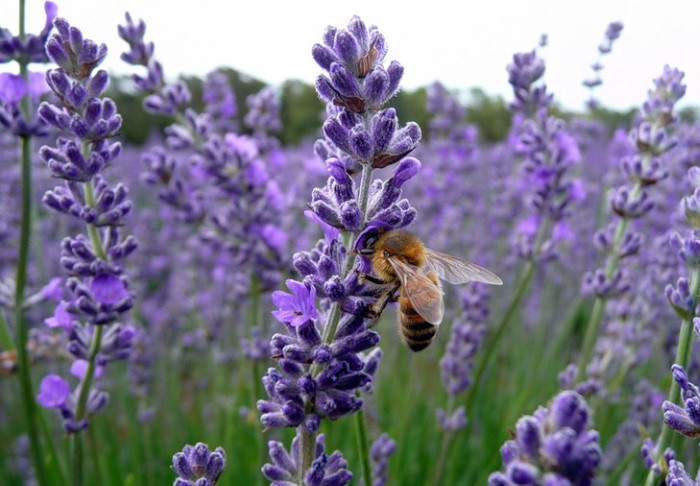












 Start a discussion ...
Start a discussion ...